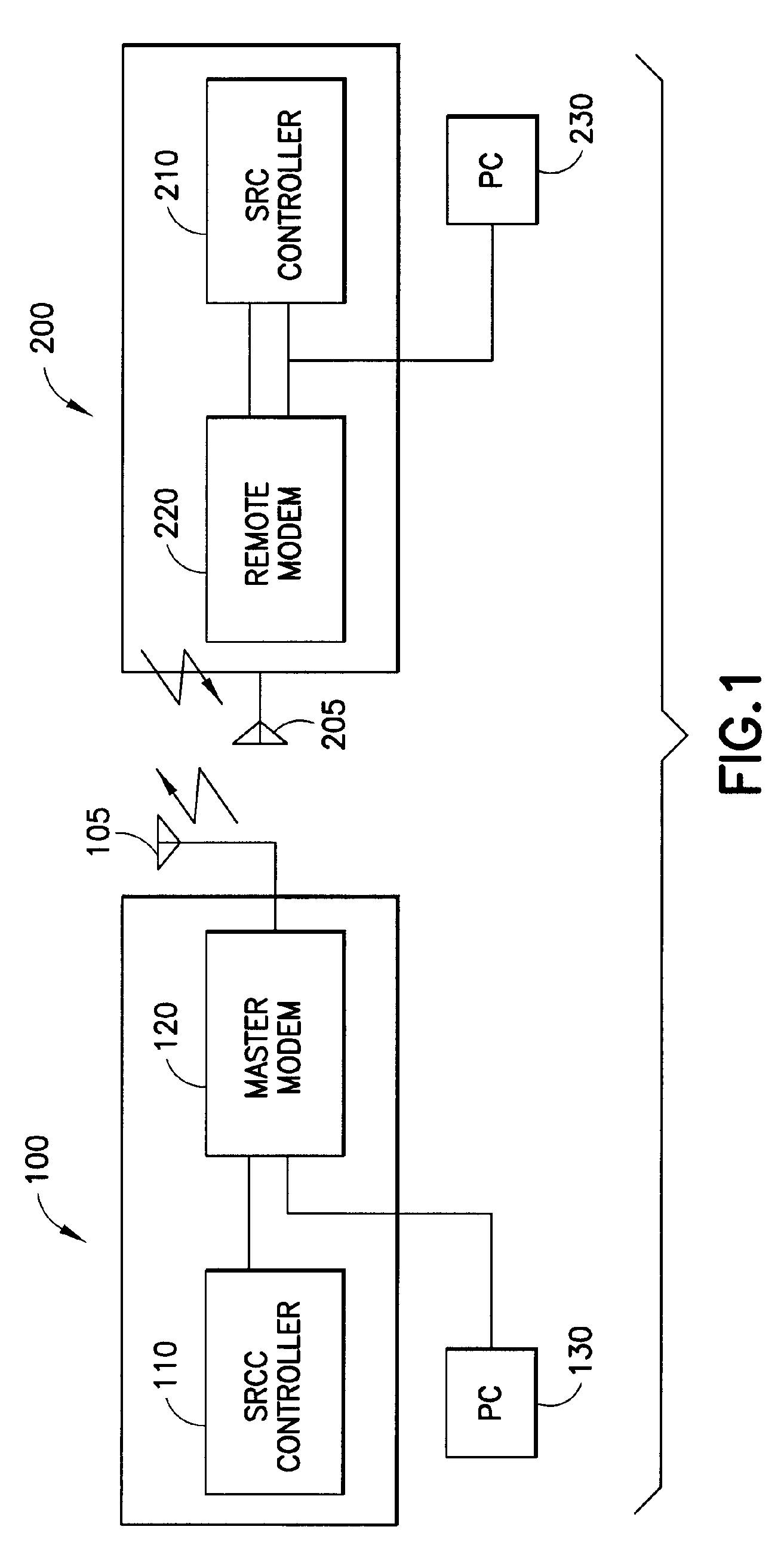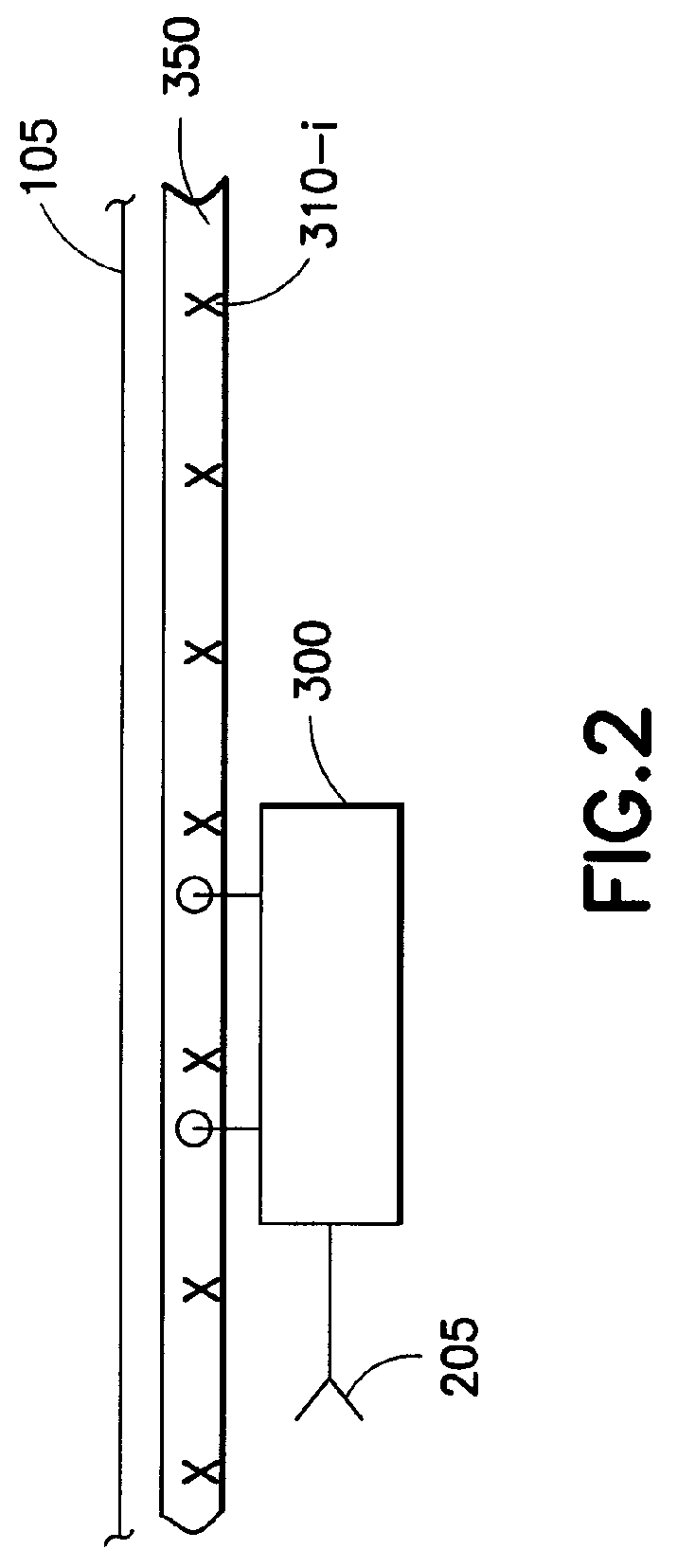Bi-directional absolute automated tracking system for material handling
a tracking system and material technology, applied in the direction of total factory control, programme control, distance measurement, etc., can solve the problems of noise and other interference between the controller and the individual vehicles, interference with other equipment, vehicle stranding, etc., to avoid collisions and be easily configured
- Summary
- Abstract
- Description
- Claims
- Application Information
AI Technical Summary
Benefits of technology
Problems solved by technology
Method used
Image
Examples
Embodiment Construction
[0019]FIG. 3 illustrates a simplified overhead view of factory installation of the invention. A grid Y-1, Y-2, - - - Y-n and X-1, X-2, - - - X-m divides the Y-direction and X-directions. A pair of loop tracks 350 on the left and 360 on the right support material carriers that stop at a set of processing locations 320-1, 320-2, etc on the left loop and 325-1, 325-2, 325-n on the right loop. Between the loops switch points 340-1 to 340-4 permit individual carriers to leave one loop and travel to another one.
[0020] In a typical installation of the invention, there may be many loops, which will sometimes be referred to as bays in typical terminology. The example illustrated is taken from a semiconductor wafer processing facility, or fab, but the invention may be practiced in many locations and types of facilities.
[0021] The system provides intelligence in both the overhead rail / controller system and in the OHT vehicle to provide a true closed loop tracking and monitoring system. The s...
PUM
 Login to View More
Login to View More Abstract
Description
Claims
Application Information
 Login to View More
Login to View More - R&D
- Intellectual Property
- Life Sciences
- Materials
- Tech Scout
- Unparalleled Data Quality
- Higher Quality Content
- 60% Fewer Hallucinations
Browse by: Latest US Patents, China's latest patents, Technical Efficacy Thesaurus, Application Domain, Technology Topic, Popular Technical Reports.
© 2025 PatSnap. All rights reserved.Legal|Privacy policy|Modern Slavery Act Transparency Statement|Sitemap|About US| Contact US: help@patsnap.com



